We are committed to new technologies related to storage, batteries, power electronics, gas and chemical-based products, nanotechnology and new materials, as well as innovative asset manufacturing devices such as 3D printers.
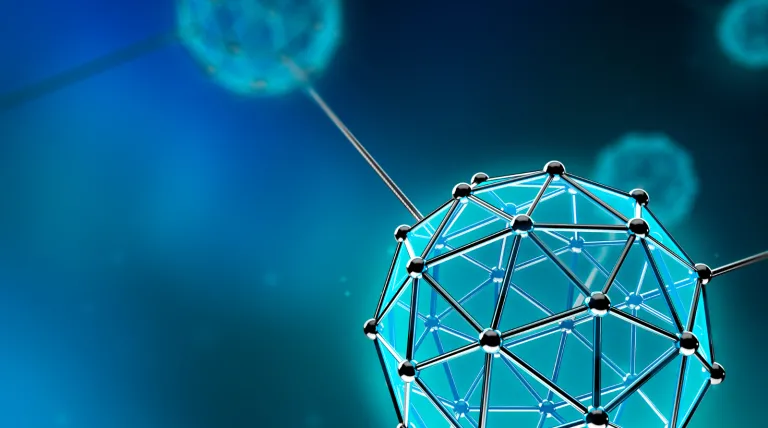
To improve network development and asset management efficiency
Active
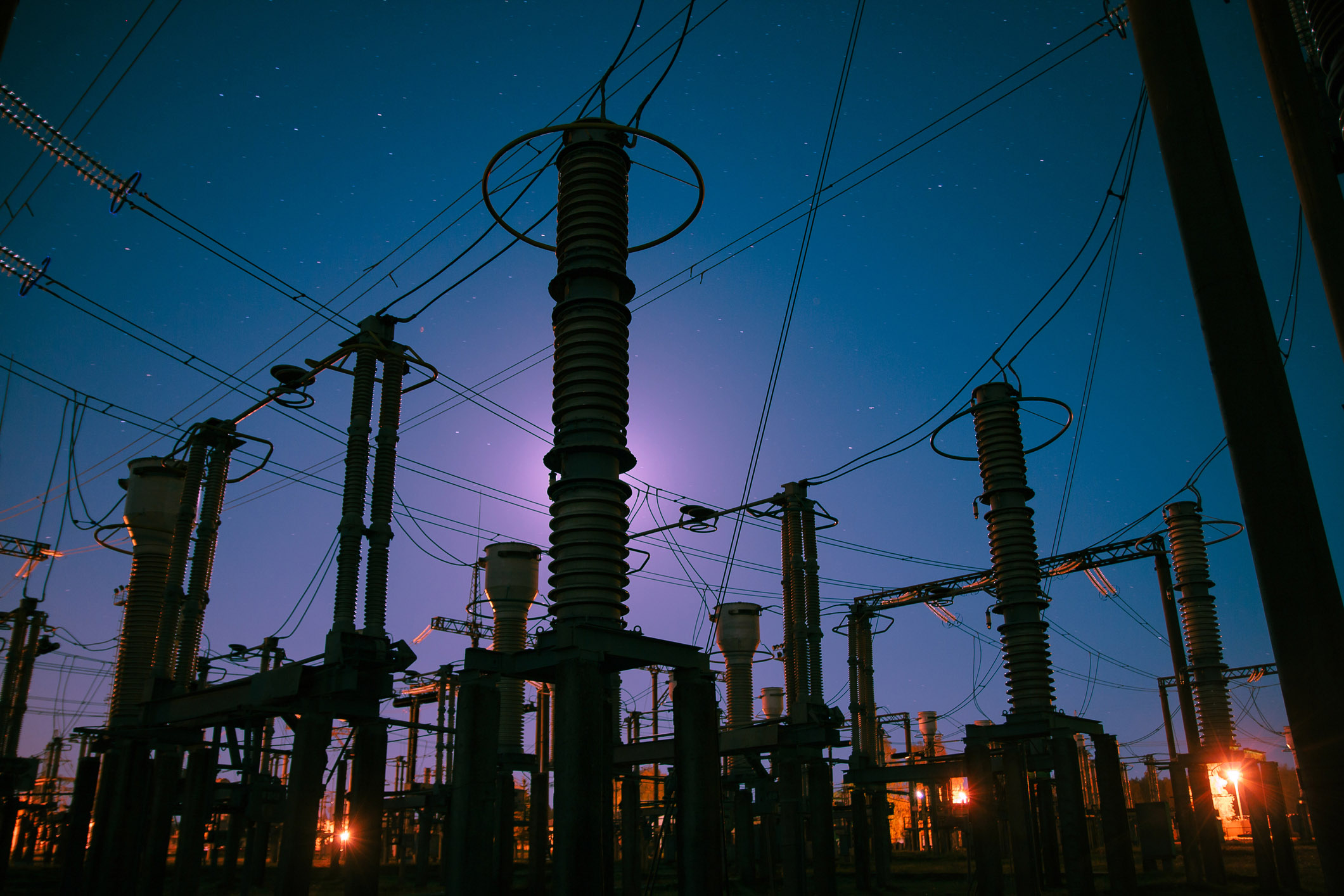
The use of fibres in concrete is becoming more and more widespread. But can we go further? How about obtaining these fibres from recycling?
The main objective of the project is to define, obtain and extrude polypropylene fibres and perform different tests with these additives in concrete, so that they can improve the physical characteristics of the concrete, identify the advantages and disadvantages, as well as assess which fibres are the most suitable for REE (in form and dosage, or mixed with non-recycled fibres) for construction and to contribute to sustainable development.
• Reduction of plastic waste.
• Reduction of steel used for reinforcement.
• Possible reduction of concrete volume in foundations.
• Economic savings in the work units where it can be used (estimated at 8%-10%), mainly due to the ease of execution.
To improve the sustainability of our processes and activities
Active
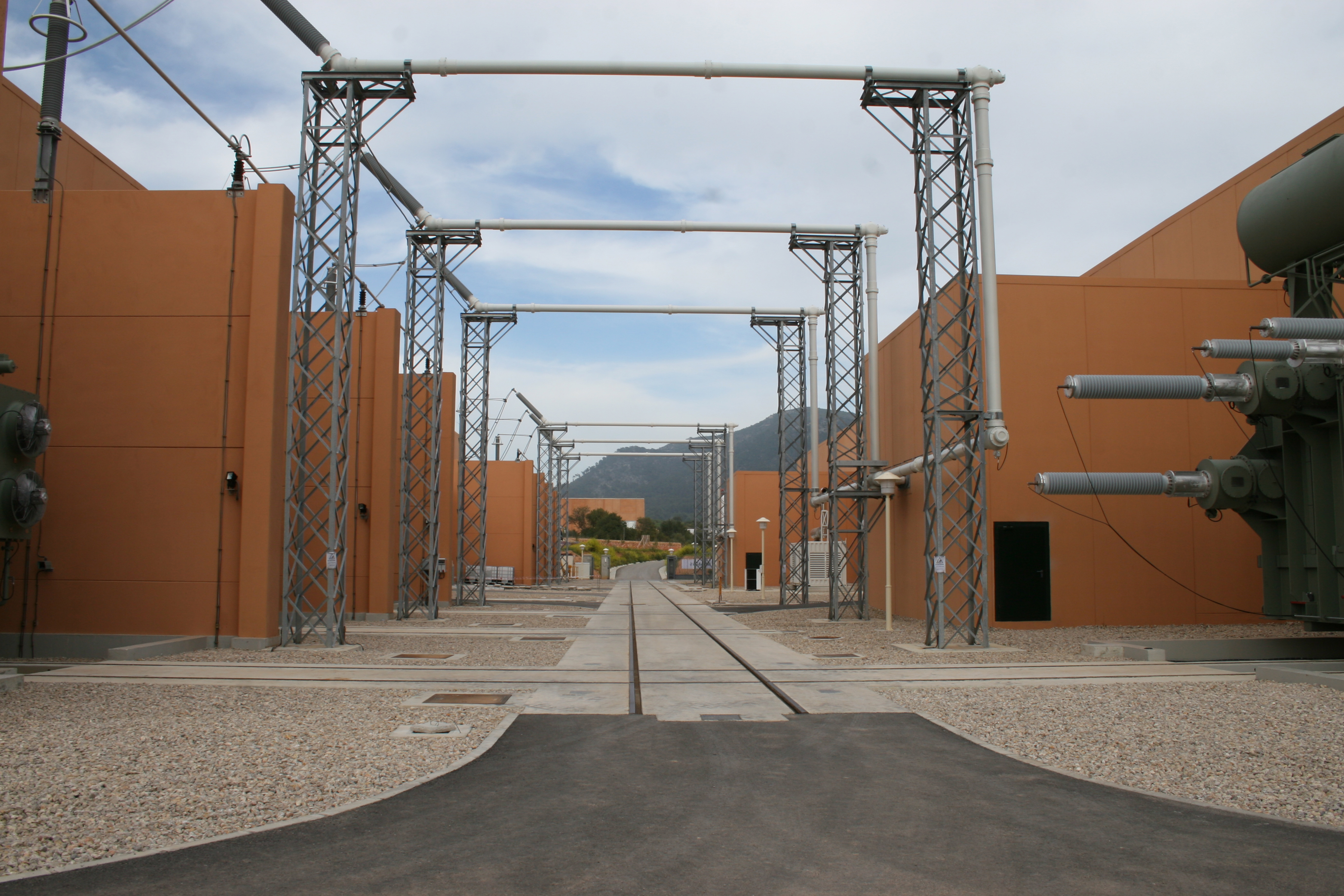
Project for the collection of atmospheric water (condensation of water contained in the air) and the application of renewable energies.
Objective: To achieve self-supply of water for the electrical substations, thus avoiding dependence on external supplies or connection to municipal supply networks.
The objective of Sustainable Water is to move to a more sustainable approach based on the technique of “atmospheric water collection” through two main tasks:
- Evaluating the feasibility of this approach based on the statistical water supply needs of RE substations and the availability of atmospheric water resources along Spanish geography.
- Once the viable areas have been identified, the development of a state-of-the-art equipment (patent in progress) and its test in a real facility.
Development of new system to improve the performance of existing commercial devices for the collection of atmospheric water and its application to the water supply of REE substations.
To improve network development and asset management efficiency
Active
Project for the design of support and efficient node-based assembly system for Overhead Electricity Transmission Lines.
Objective: Compactness, Cost Reduction and Sustainability in overhead line supports.
Design of an anisogrid support for 220 and 400 kV lines using the node designed by Anisopter. Fabrication and testing of the designed node.
To optimise system operation and increase network flexibility and resilience
Completed
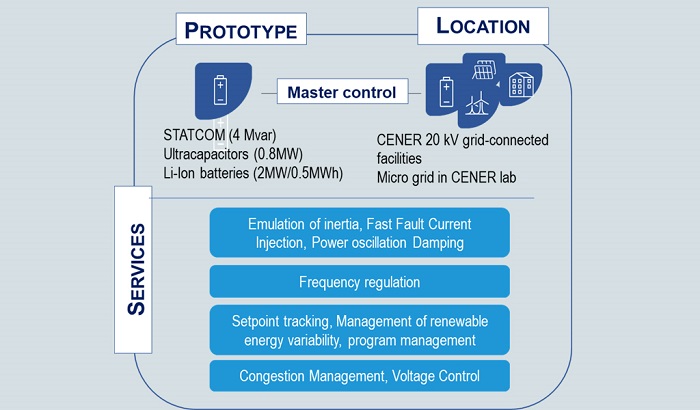
In this project, a hybrid device has been developed and tested, capable of providing different flexibility services to the electricity system, especially in isolated systems such as the one in the Canary Islands. The device integrates a statcom, a lithium-ion battery and supercapacitors, optimally coordinated and managed by an advanced control system.
Define the technical and functional requirements.
Develop the control architecture.
Prototype engineering
Develop the central control system for the coordinated operation of various flexibility devices.
Manufacture of equipment, FAT testing and installation.
Operation of the device and evaluation of functions .
To improve the sustainability of our processes and activities
Active
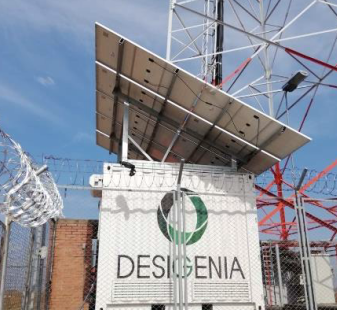
The PLATEA RENEWABLE project aims to provide a renewable power supply system for auxiliary services in a substation as an alternative to the use of a generator set.
Its main objective is to reduce environmental pollution by means of a hybrid generation system (photovoltaic+batteries) and to make the system portable for use in other locations.
• Combine the various energy sources (solar, batteries and generator set) and provide the charge with the power required by it.
• Obtain maximum use of renewable sources.
• Manage the charging of the batteries.
• Monitoring and Supervision System: to control the operation of the system and the functioning of each of its elements.
Improving the integration of renewable energy sources
Active
The purpose of the project is to develop a hybrid storage system equipped with a grid-forming monitoring system. Therefore, firstly, the functional requirements that the system should provide were specified and PSCAD models were developed incorporating the controls developed. These models have been used to check, through simulations, the fulfilment of the functional requirements. Laboratory tests are currently being carried out to try to replicate the behaviour of a real electricity grid in order to study the behaviour of the device in response to different events. The project is being carried out in collaboration with HESStec and IBERDROLA.
Specification, development of controls, models and simulation.
Testing of the system in the Hesstec laboratory ("GridLab").
Improving the integration of renewable energy sources
Active
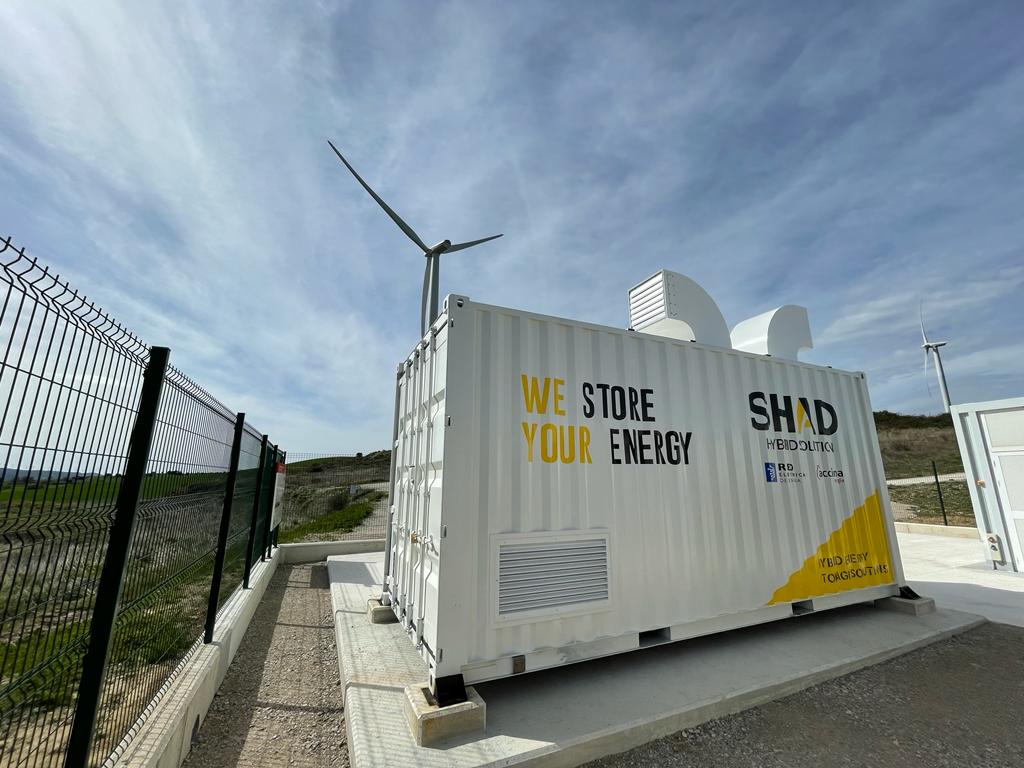
The objective of the project is to provide a full-scale demonstration of the benefits and services that uncontrollable renewable energy plants in combination with dedicated storage systems could provide to the system. Therefore, a series of capabilities to be provided have been established by the generation and storage plant, specific models have been developed, and techno-economic studies have been carried out to determine the optimum size and degree of hybridisation (batteries + ultracapacitors) for the experimental plant in Barasoain, owned by Acciona, where the tests are being carried out. The last phase of the project is to carry out tests in a real environment where the slow and fast response capabilities will be tested. The testing of the former is currently nearing completion.
To increase the safety and well-being of our employees.
Active
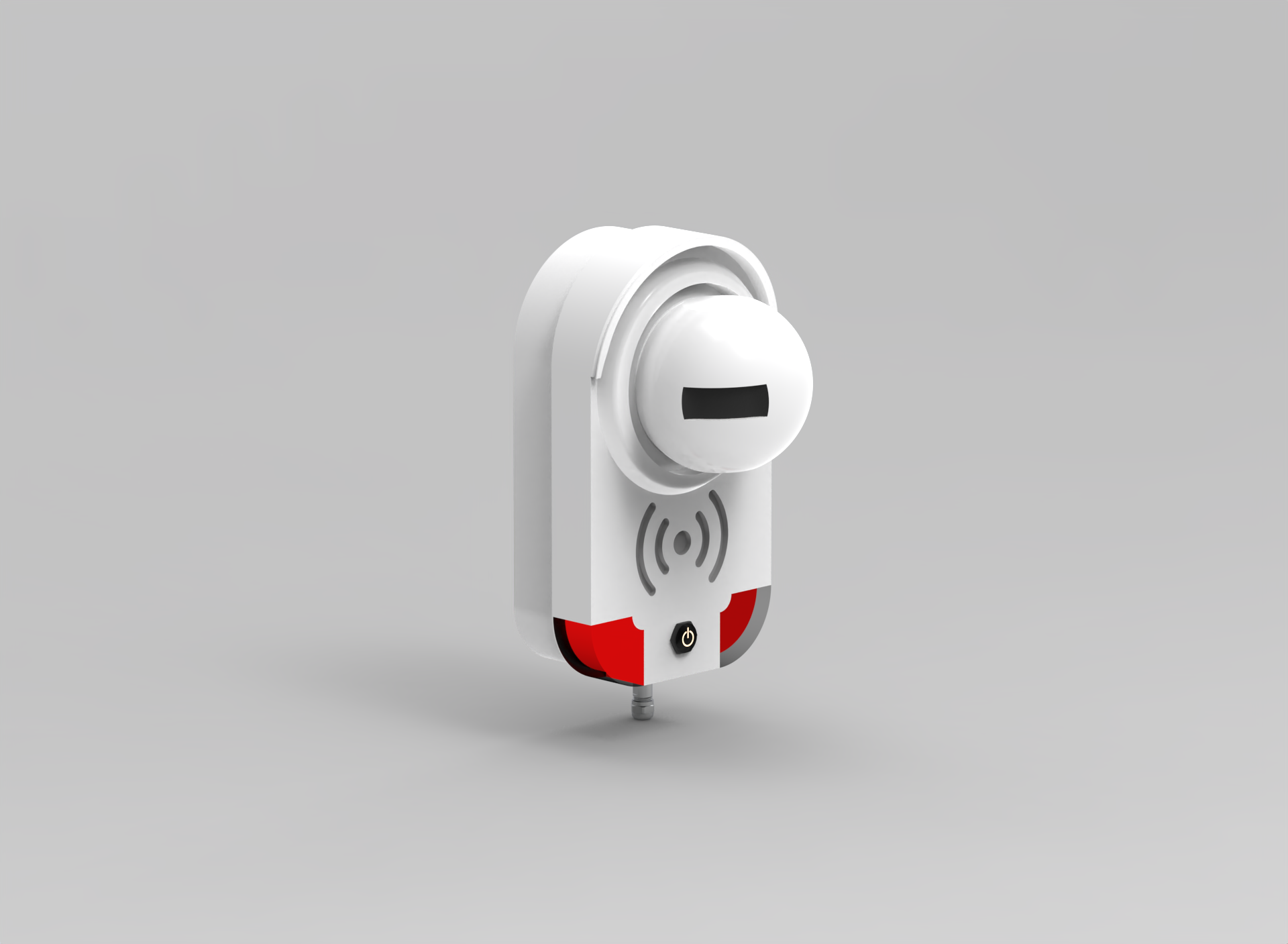
SafeDelimit is a hardware product for safe area delimiting at industrial environments. Thanks to its LiDAR capabilities, it is able, once programmed, to warn the technician or operator that he is entering an area of the installation in which, for safety reasons, he must not be. This solution won the DESPEGA intra-entrepreneurship program held in Redeia.
SafeDelimit is an innovation initiative winner of Redeia’s DESPEGA intrapreneurship program. During the first phase, the fit of the solution was tested, as well as its feasibility and potential for implementation at Redeia.
The first prototype of SafeDelimit was developed over a six month period and its operation was validated in a controlled environment.
MVP development, validation by Redeia's professionals and study of the solution's market fit.
- Intrapreneurship
- ¿Qué motiva a nuestros intraemprendedores? (Available only in Spanish)
Improvement and development of methodologies for automation optimising of asset inspection and diagnostics
Active
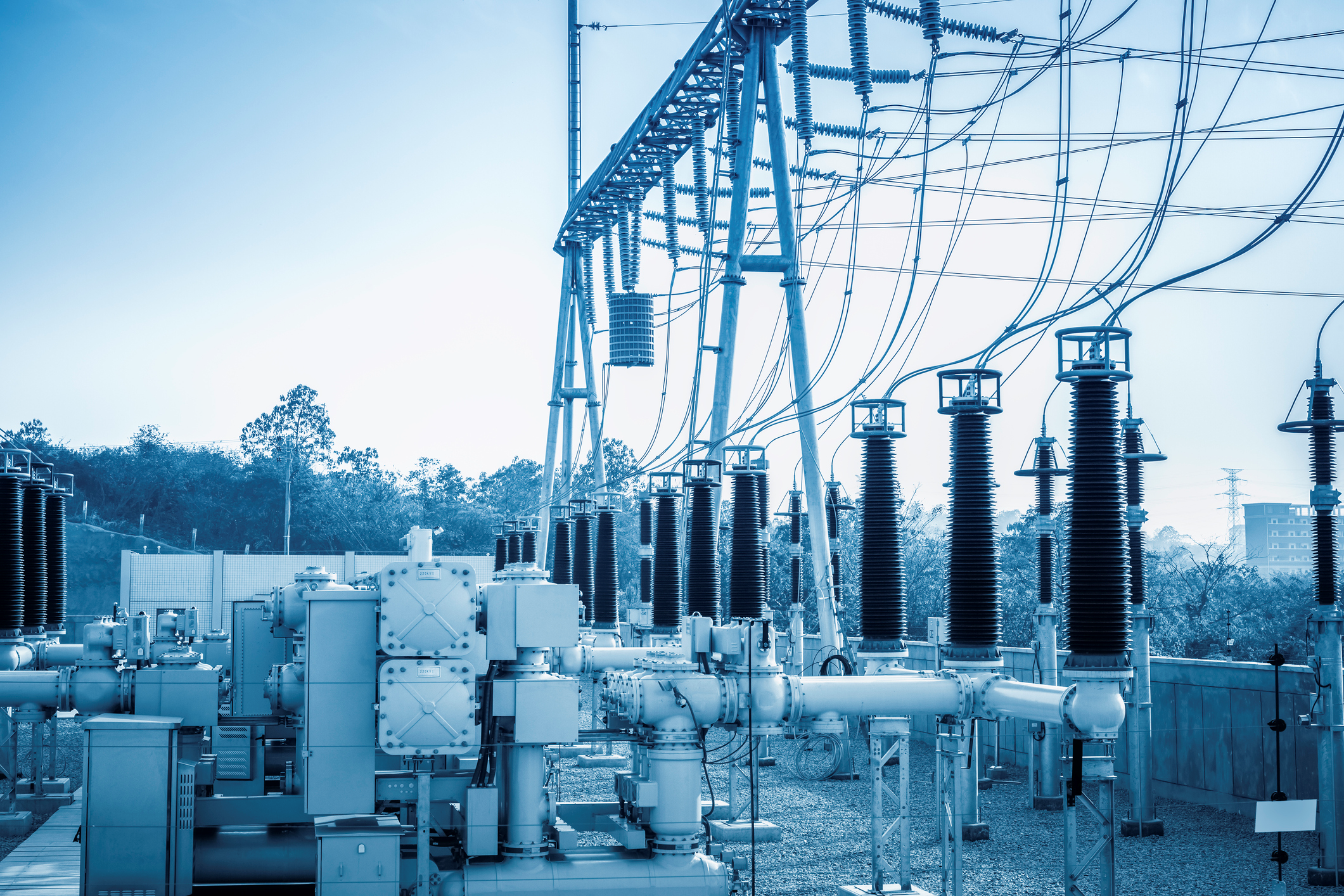
Based on technologies such as internet of things, artificial intelligence and data analytics, ASUMO aims to improve procedures and activities related to maintenance, engineering and construction areas in order to optimise and automate transport network infrastructure development processes, as well as in-service asset management.
• Technical-economic analysis and scalability study of the adopted solutions.
Improving the integration of renewable energy sources
Active
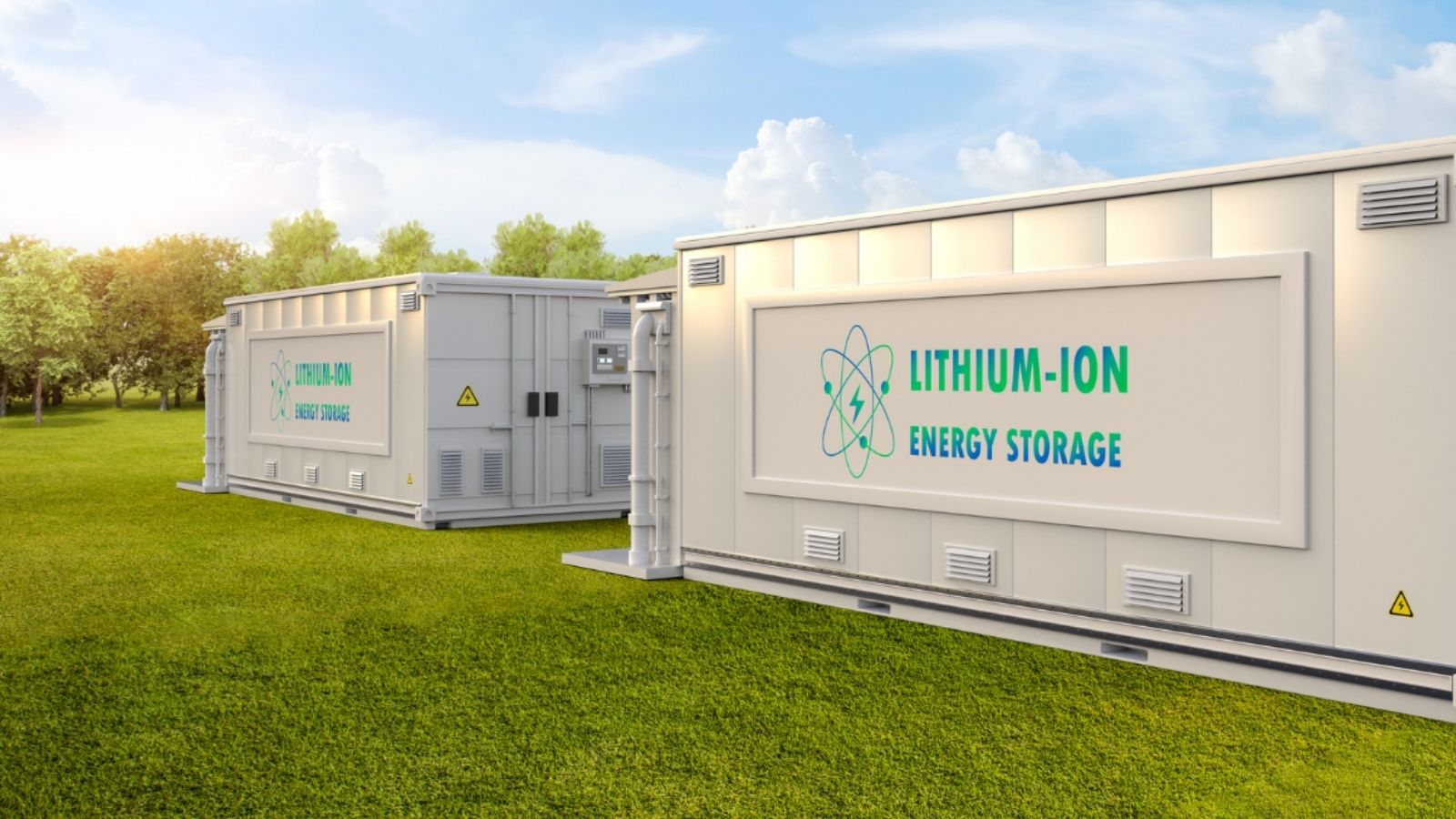
The Virtual Synchronous Compensator (ViSynC) project is a crucial initiative on the path towards the ecological transition and the integration of renewable energy sources in the electricity system. Its relevance lies in the growing need to increase energy storage capacity in Spain to meet ambitious energy and climate targets. ViSynC addresses this challenge by developing a hybrid storage system combining lithium-ion batteries and ultracapacitors, managed in synchronous grid-forming mode, which allows maintaining grid stability and improving the integration of intermittent renewable energy sources.
ViSynC is an example of how Elewit is at the forefront of the energy transformation, leading the way towards a cleaner and more sustainable future. In this project we work with other companies, such as: Redeia, Red Eléctrica, Hesstec, CEN Solutions, S2 Grupo and CERE.
The ViSynC project is supported and funded by the following institutions:

The project is divided into the following work items:
- 1. System Design.
- 2. Device Development.
- 3. Implementation.
- 4. Validation and comissioning.
- 5. System evaluation and conclusions: operation of the system connected to the transmission grid and analysis of the device's contribution to the grid.
- 6. Consortium coordination and management.
• Improve the economic viability of storage systems.
• Optimised hybrid lithium-ion and ultracapacitor storage solution capable of providing multiple services to the system.
Safety and wellness of people
Completed

The Ergonomic Grounding System Project (SERPAT) is an advanced solution for achieving the objectives of zero accidents and incidents in our activities. This project comprises a set of two devices designed to place and remove portable grounding safely and ergonomically, thus minimizing the inherent risks of this activity. Ignoring the implementation of a proper grounding process can have serious consequences in terms of safety for people, assets and the electrical system.
- Phase I: In 2020, Elewit and Red Eléctrica developed the innovative SERPAT project, which aims to improve and evolve the tools currently in use.
- Phase II: In December 2021, tests were carried out at the Galapagar substation, in which the utility and its differentiation from traditional or market methods were validated.
• Minimizes physical exertion.
• Eliminates risks of imbalance and error with adjacent positions.
• Valid for heights over 7 meters.
• Uses safety keyed clamps that minimize human error of disconnecting in the wrong order.
• Replicable in other companies in the sector.
Electric grid infrastructures and asset Management
Active
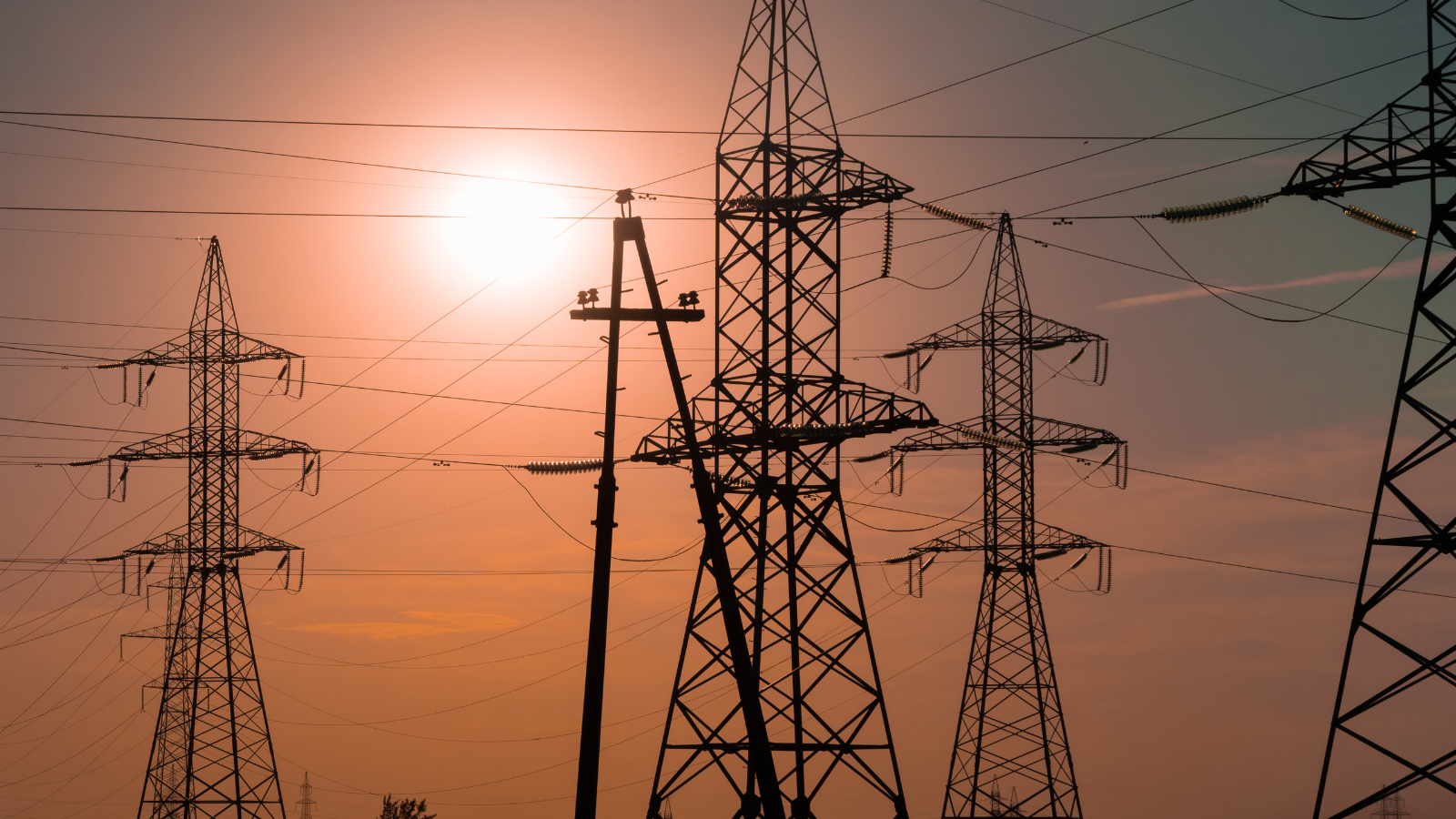
The objective of the project for the alternative design of transmission network pylons is to study new pylon designs that can reduce manufacturing and installation costs, as well as the associated carbon footprint thanks to the recyclability of the potential new materials that could be used. For this purpose, after a first technical-economic analysis, the second phase has been started, where mechanical, electrical and foundation calculations, constructability and maintainability throughout the useful life of the installation are established, taking into account criteria of recyclability of materials, circular economy, reduction of carbon footprint and health and safety of workers.
- Phase I: Ended in 2023 and analyzed the feasibility of implementing the new concrete pylon prototype.
- Phase II: Starts in 2024, focused on the development of detailed pylon engineering.
Study and development of a new singular support design with greater social acceptance for high voltage power lines.
Electric grid infrastructures and asset management
Finished

With the aim of seeking innovative and efficient solutions to continuously monitor SF6 gas by-products, Elewit launched the challenge "continuous monitoring systems for SF6 polluting by-products in high voltage equipment of the electricity transmission network". The objective was to find a solution that would not only detect insulation anomalies, but also provide information with which to characterize as accurately as possible the cause of the anomaly in a reliable and selective manner.
Once the winning proposal of the challenge, presented by the Nanophotonics Technology Center of the Polytechnic University of Valencia (UPV), was selected, a proof of concept was performed with three main objectives: to determine the efficiency of THz spectroscopy to detect the presence of SO2 and to define its threshold; to study the effect of the presence of SF6 on SO2 detection and to analyze the threshold of SO2 detection in a SF6 gas contaminated with a defined concentration of SO2.
Testing the efficiency of a TeraHertz (THz) based sensor for SO2 detection in SF6 filled Gas Insulated Switchgear (GIS)
Once the project was complete, the report concluded that it is possible to measure SO2 concentration from outside the chamber using continuous wave THz spectroscopy. This is important because SO2 is a decomposition by-product of SF6, so its identification and measurement eases gas quality monitoring.
Improving the sustainability of our processes and activities
Active
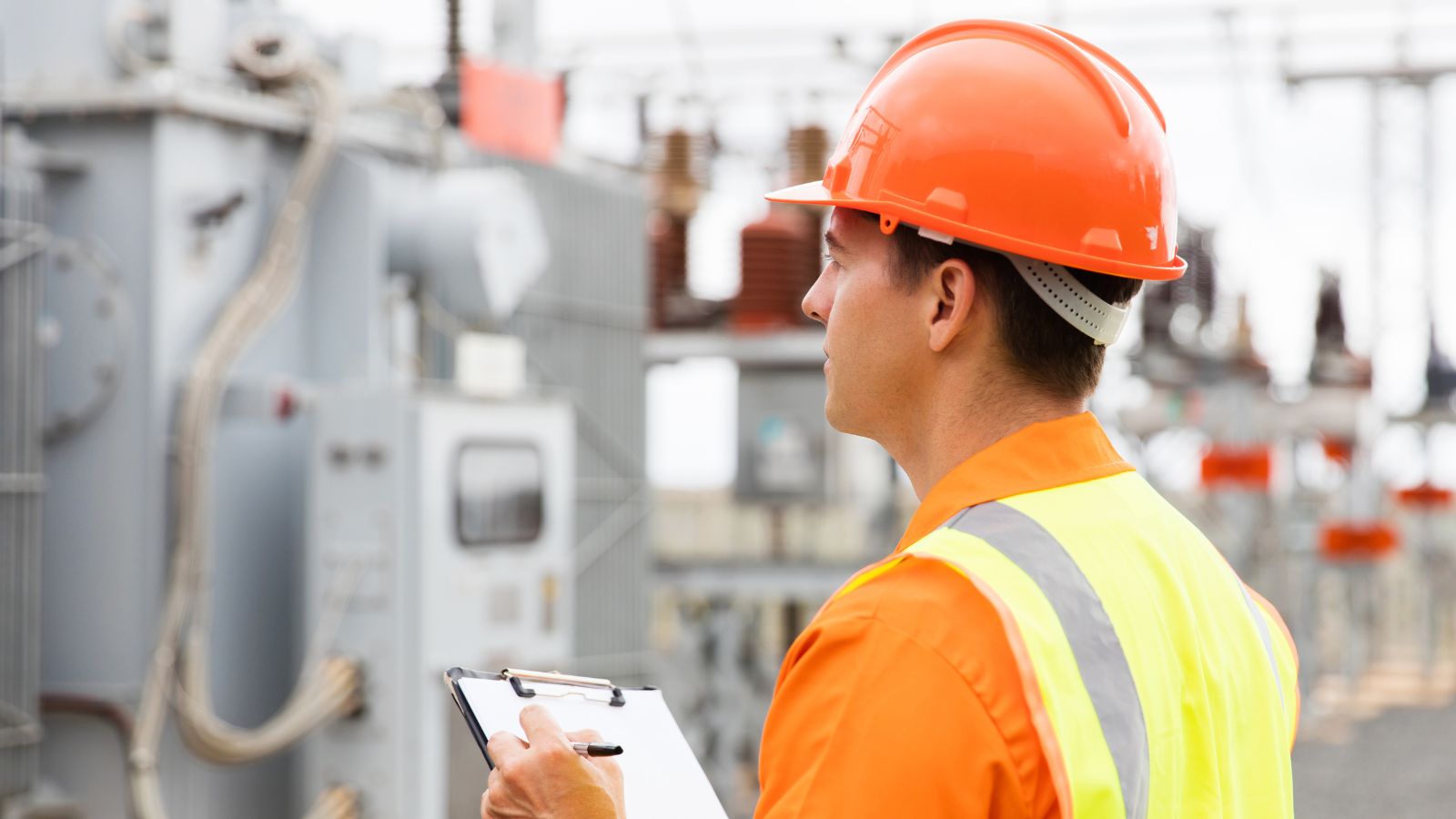
The CICA Project, developed by Red Eléctrica, Elewit and SHEMAR, consists of the implementation of composite insulated cross arms for the deployment of electricity transmission lines. This solution offers multiple benefits, as by reducing the width of the overhead clearance (ROW) and the dimensions of the supports, their environmental and social impact is minimised.
- Phase I: Installation of composite insulated cross arms (CICA) for the deployment of electricity transmission lines.
This solution reduces the environmental and social impact of the electricity transmission lines by reducing the width of the overhead clearance and the dimensions of the pylons. In addition, it enhances efficiency by reducing the weight of the infrastructure, the assembly time, and the operation and maintenance costs.
Development of distribution grid infrastructure
Active
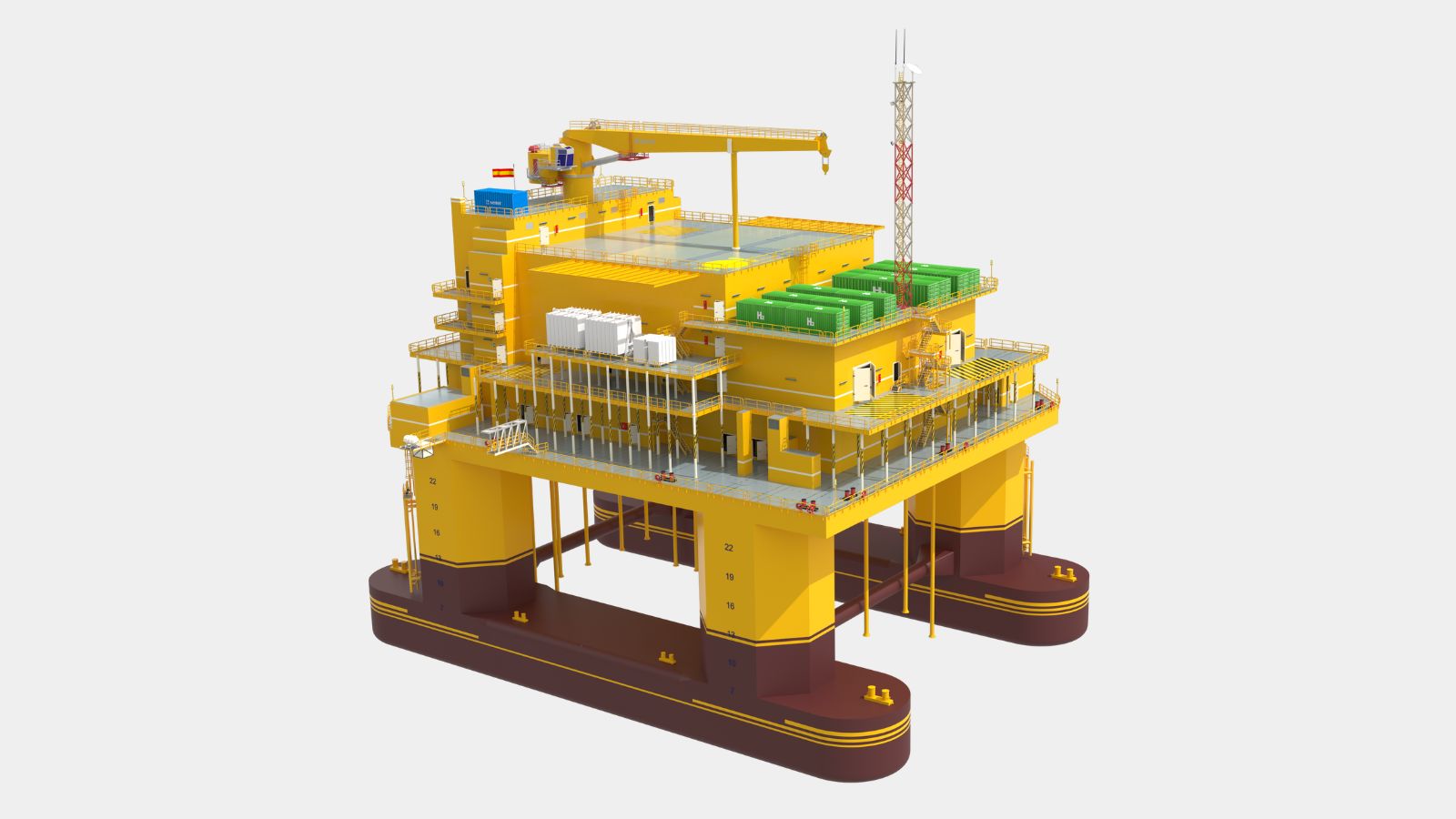
The project aims to design and test at scale a zero-emission high-voltage floating offshore electrical substation, capable of transmitting high power capacities, between 400 and 500 MW, at voltage levels of 220 kV.

PHASES
- Phase I: For the design, Red Eléctrica is working on:
- Functional specification and configuration of the sub-station, selection of HV equipment (GIS switchgear), definition of requirements for auxiliary services, etc.
- Analysis of the interaction between the dynamic generation and export cables and the floating platform.
- Research into maintenance strategies that minimise the need for personnel to visit the installation site once it is put into service (monitoring systems, actuators, etc.).
- Research into the environmental impact of this type of infrastructure and the creation of methodological guides to assess them.
By combining advanced technology, operational efficiency, and a commitment to marine conservation, this initiative lays the groundwork for a more resilient offshore infrastructure that respects the ecosystem and contributes to achieving the objectives of the Offshore Wind Energy Roadmap in Spain.
Electrical grid facilities and asset management
Active

The objective of the project is to create a new pylon design that is different from traditional ones, in order to reduce the social and environmental impact of electricity transmission lines.
- Phase I: Registration of the Anisopter pylon as a European Community design, which can be seen here. This milestone represents a significant advance in making these innovative pylons a reality.
- Phase II: Production of a full-scale module of a pylon section using the Anisopter node system for the purpose of subjecting it to mechanical tests to validate its viability and efficacy before moving on to the next phase of implementation in electrical infrastructure.
The organic appearance of the tubular lattice in the new design for the project seems less intrusive than traditional electricity pylons. The visual appearance has been improved by removing the frames from the design and reducing the number of connections and reinforcing bars by more than 50%. Anisopter pylons are also more compact, in some cases nearly 10 metres shorter, 2 metres narrower at the base and 13 metres slimmer at the top compared with some traditional lattice pylon designs.
- The ANISOPTER project, an alternative to transmission tower current designs in a more efficient and sustainable way
- “The new Anisopter pylons could help reduce steel consumption, installation time, and the visual impact of overhead electricity transmission lines”
- Elewit, Red Eléctrica and Anisopter Insightful Research have registered a new support design for high-voltage lines